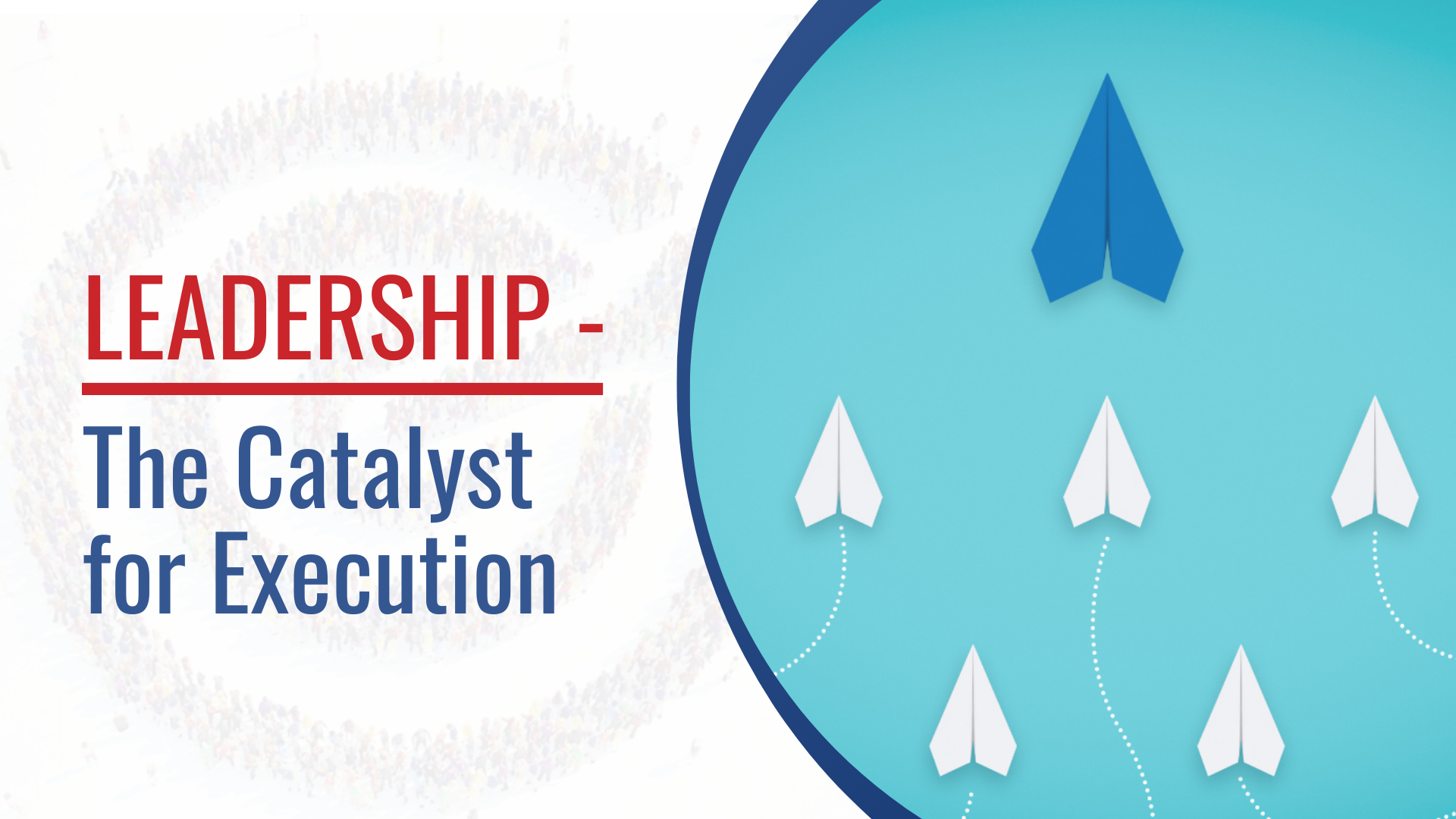Leadership: More Than Direction, It's Inspiration
Leadership within the context of strategic execution is not merely about setting the direction; it's about inspiring action and facilitating understanding across all levels of the organization. Effective leaders are those who can translate the vision and strategy of the company into actionable insights for every employee, ensuring that the team is not just aware of what needs to be done but is motivated and understands why it's important. Too often, executives assume the strategy is self-evident once they’ve developed their strategic plan. Well, for most employees it may not be.
Key Aspects of Effective Leadership for Strategic Execution:
- Credibility: Leaders must establish trust and credibility, ensuring their team believes in the direction they're being guided towards. This is achieved through consistency, transparency, and by leaders acting as role models for the behavior and commitment they expect from their teams.
- Communication: Constant, clear, and compelling communication is crucial. Leaders need to articulate the strategy in a way that is understandable and relevant to everyone within the organization, ensuring that the strategic goals are known and internalized.
- Change Management: Adaptability and sensitivity to the pace of change are essential. Effective leaders recognize the diverse nature of their teams and tailor their approach to suit the behavioral makeup of their employees.
Implementing Leadership in Strategy Execution:
- Model the Way: Demonstrate the behaviors and attitudes you expect to see in your team. Be the embodiment of the organization's strategic objectives; show every day how the strategic goals inform your actions and your decisions.
- Foster Open Communication: Create an environment where feedback is encouraged, and questions are welcomed. This openness contributes to a deeper understanding of the strategic intent, because employees won’t hesitate to clarify what they don’t understand or might disagree with (and it promotes a culture of continuous improvement too).
- Adapt and Lead Change: Recognize the signs of resistance or struggle within your team. Be prepared to adjust your approach, and recognize the human dimension of change; become familiar with change framework such as The Change Monster by Jeanie Duck, the former head of BCG’s Transformation practice.
Conclusion
Chapter 6 of "Line of Sight" places a spotlight on the transformative power of effective leadership in the realm of strategy execution. It highlights that leadership is about more than steering the ship; it's about ensuring every crew member knows why they're sailing, where they're headed, and how they can best contribute to the journey. Stay tuned for our next blog, where we will explore the subsequent key to strategic execution: Balanced Metrics.
Be sure to follow us on Social Media:
Twitter
LinkedIn
Instagram
Facebook
YouTube
And sign up to receive our monthly newsletter with tips and updates! Simply scroll down and fill out the form below!
Featured Posts
- Back to School, Back to Strategy
- Case Study: Transportation Company
- Discover the Power of Self-Aware Leadership with Robert Courser on Business Confidential Now
- How One Company Elevated Its Organizational Health by 26 Points with Line-of-Sight℠
- Making Strategy Stick: The Line-of-Sight℠ Advantage
- Optimizing Human Capital with Line-of-Sight
- Profitless Prosperity
- Strategy Starts at Orientation
- The Execution Gap Is Destroying Value - PE Firms Know It
- The Final Stretch is Here
- The Fourth Quarter is Coming
- The Hidden Cost of Being Good Enough
- The High Growth Curse
- The Many Benefits of a Clear Strategy
- The Strategic Planning Trap
- The Two Numbers on Every Executive’s Mind
- What 2026 Will Remember About Your 2025 Finish
